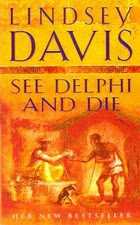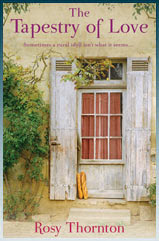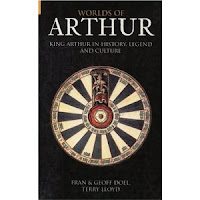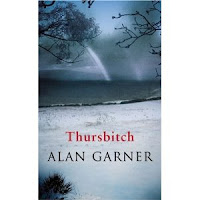Posts
Showing posts from 2010
Speculative Fiction Reading Challenge 2011
- Get link
- X
- Other Apps
Just Another Backward Book Launch: a guest post by Scott Nicholson
- Get link
- X
- Other Apps
Allegra Fairweather: Paranormal Investigator by Janni Nell
- Get link
- X
- Other Apps

















